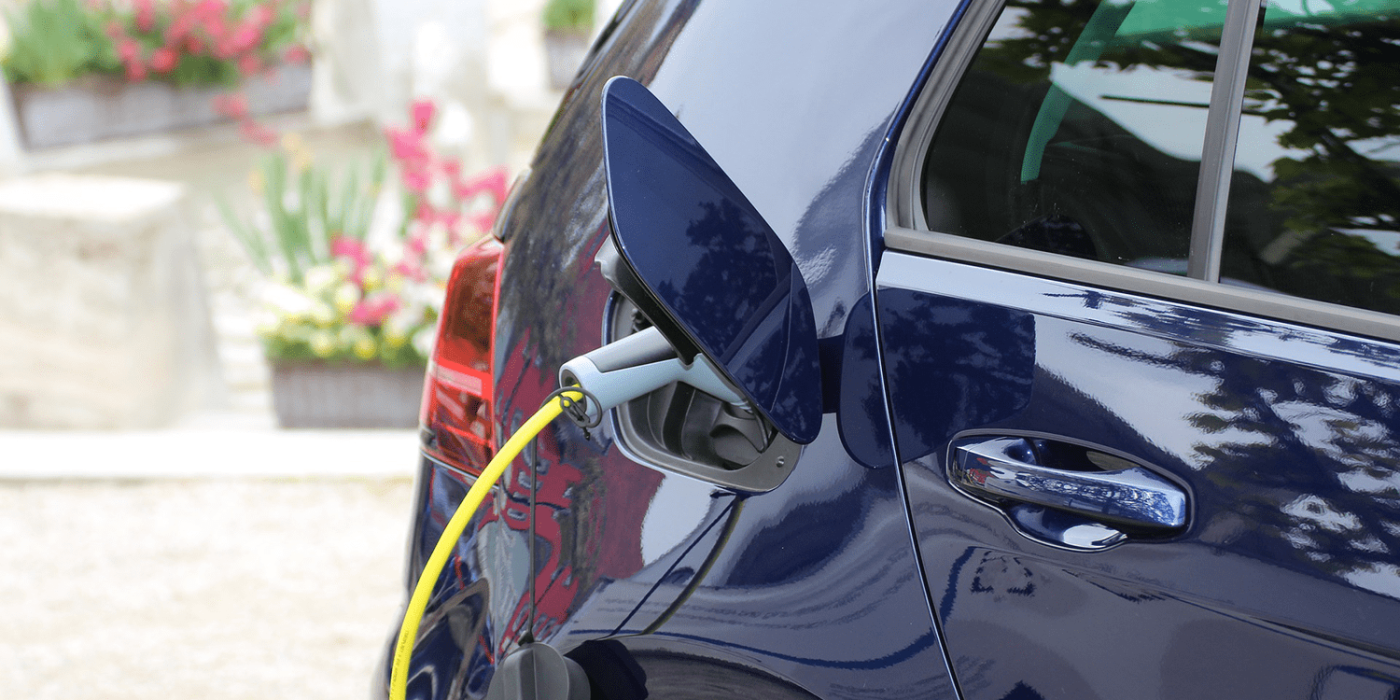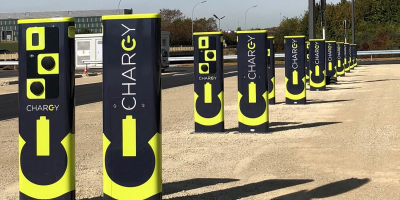Austria boosts EV and charge point subsidies
The Austrian government is increasing purchase premiums and subsidies for charging infrastructure for zero-emission and plug-in hybrid vehicles from 1 July. This includes zero-emission and plug-in hybrid cars, zero-emission heavy and light commercial vehicles, zero-emission buses, and electric two-wheelers – including e-motorbikes, mopeds, e-bikes and e-cargo bikes.
Subsidies for purely zero-emission (BEV, FCEV) cars will go up from 3,000 euros to 5,000 euros, while subsidies for plug-in hybrids cars with a range extender will increase from the previous subsidy of 1,500 euros, now up to 2,500 euros. These new rates apply to private individuals for cars up to a gross list price of 50,000 euros in basic equipment and for PHEVs with a purely electric range of at least 50 kilometres. In the case of BEVs and FCEVs, car importers will pay 2,000 euros, while 3,000 euros will come from the state. In the case of plug-in hybrids, the importers and the state each pay half of the subsidy, at 1,250 euros.
For companies, local authorities and associations, the maximum gross list price has been increased to 60,000 euros. The latter will also be supported in the purchase of light zero-emissions (BEV, FCEV) and plug-in hybrid (PHEV) commercial vehicles: With 7,500 euros per vehicle instead of the previous 5,000 euros up to a maximum permissible total weight of 2.5 tonnes and with 12,500 euros instead of the previous 10,000 euros for a total weight of over 2.5 tonnes. In all classes of vehicle, hybrids using diesel are not eligible for subsidy.
The Austrian government is also increasing the subsidies in the heavy commercial vehicle segment. For example, the government plans to provide subsidies of up to 130,000 euros (depending on size) for electric buses, up to 60,000 euros for electric commercial vehicles and up to 30,000 euros for DC charging stations for commercial vehicles with more than 150 kW output.
In the case of commercial vehicles, the importers’ share of the subsidy is significantly lower: with the exception of the N3 class electric commercial vehicles for which importers pay 5,000 euros, for most commercial vehicle classes importers pay 2,000 euros. For a class N2 e-commercial vehicle, for example, 2,000 euros should come from importers and 22,000 euros from the state. For large electric buses and the corresponding charging infrastructure, the state takes over the entire subsidy. All details on the distribution can be found in the factsheet linked below (in German).
As far as the charging infrastructure for private individuals is concerned, the Climate Protection Ministry is tripling the subsidy to 600 euros for the domestic wallbox and 1,800 euros for charging stations in multi-party buildings.
The subsidy rates for electric two-wheelers, including e-motorbike, e-mopeds and e-bikes and e-cargo bikes will also be increased for private individuals: from 700 to 800 euros (class L1e), from 1,000 to 1,200 euros (class L3e) and from 400 to 850 euros for electric bicycles.
Especially for companies, subsidies for electric minibuses in the 7+1 configuration also apply, with grants analogous to those described above for passenger cars and light commercial vehicles. There is also a subsidy of 24,000 euros for class M2 zero-emission minibuses. Companies that purchase light electric vehicles can also expect to receive 1,300 euros in the future, and there is also special support for electric bike fleets. Otherwise, the same e-bike subsidy rates apply as for private individuals. Finally, companies for publicly accessible charging infrastructure will receive between 300 and 15,000 euros in subsidies, depending on the charging capacity. Previously the range was 200 to 10,000 euros.
All the above-mentioned funding offers are valid until 31 December 2020, or as long as the budget is available. In addition, the Ministry of Climate Protection emphasises that the funding amounts are lump-sum rates which are limited to a maximum of 30 per cent of the eligible costs. In principle, only electric vehicles are eligible that are powered by electricity or hydrogen from renewable energy sources. As in Germany, the purchase premiums are made up of two components: a share of the state and a share of the automobile or two-wheeler importers (in Germany, this concerns the manufacturers).
The increase in premiums is part of the Austrian E-Mobility Offensive 2019+2020 and has the purpose of boosting the economy in the face of the corona crisis. “We want to invest in the future on the way out of the corona crisis. This is exactly what we are doing with the e-mobility offensive”, says Climate Protection Minister Leonore Gewessler. She added that the sharp increase in subsidies for electric vehicles would create regional added value and make an important contribution to climate protection. “In this way, we are working step by step on the mobility transition.
Including reporting by Cora Werwitzke, France.
ots.at, umweltfoerderung.at (PDF fact sheet in German)





0 Comments